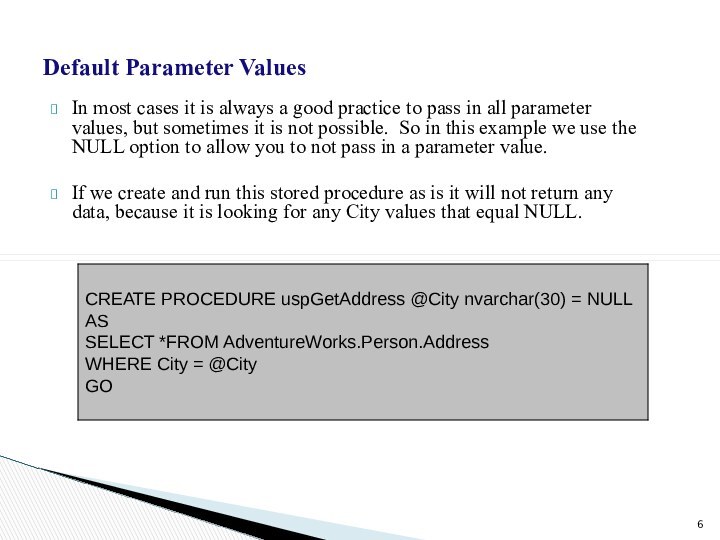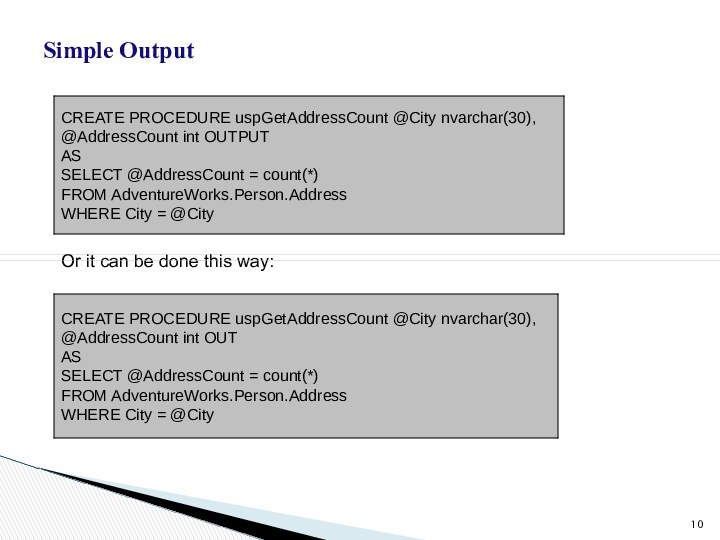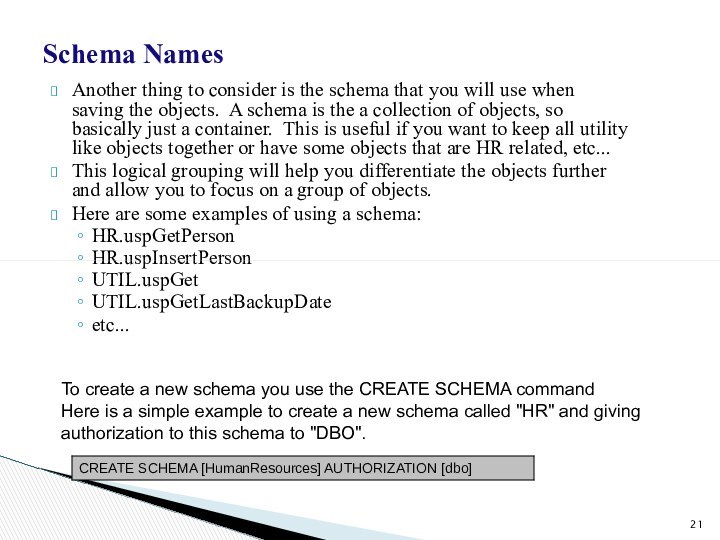can be performed by using system stored procedures.
System
stored procedures are prefixed by sp_, so it is not advisable to use sp_ for any of the stored procedures that we create, unless they form a part of our SQL Server installation.Stored procedures can be: - system / sp_ help …; sp_helptext …./ - local - temporary
- remote
- extended






















































